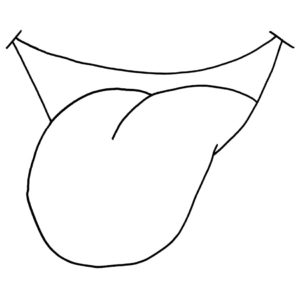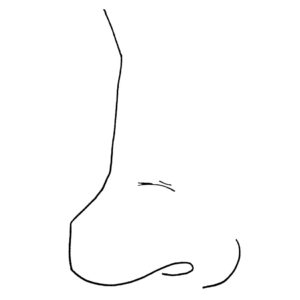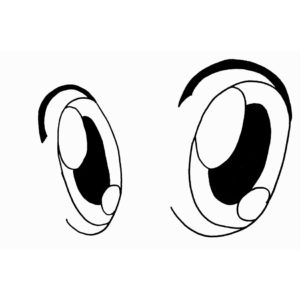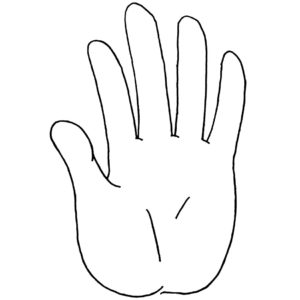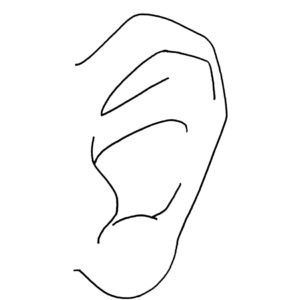Lesson 1: What is flavor? And how do we experience it?
What is flavor? And how do we experience it?
If someone were to ask you to define the idea of flavor to someone who had never eaten before, how would you describe it? Would you aim for the scientific concept of the action of chewing and the detection of chemical compounds and flavors by the tongue? Would you then go on to explain that the human tongue is a sensory organ used to move chewed food into your esophagus and it also serves to detect flavors in your mouth? Would you go for an artistic answer and say that flavor is the culmination of ingredients and preparation methods, which then we experience when we eat?
Let’s begin by defining flavor: What is flavor, and Where does it come from?
Flavor is both scientific and artistic. Scientifically, it is a series of chemical compounds that are created or broken down during the cooking and preparatory process in the creation of edible and digestible compounds. Artistically, it is defined as the human experience of eating and drinking. This experience evokes emotional responses and fills the brain with associations both past and present. From my perspective, flavor is very simply the way that your body and brain perceive and understand what you are eating. Unlike the common perception, eating is not limited to your mouth (taste) and your nose (smell).
Flavor and the eating experience encompasses all 5 basic physiological senses. It also includes your 6th sense of memory and association. In this aspect, you experience the eating experience with your entire body.
These senses are:
Taste: The physical contact of the tongue to your food. This sense is limited to only 5 sensory perceptions: Salty, Savory, Spicy, Sour and Sweet.
Smell: Your sense of smell exists inside of your nose. It is the single most advanced and detailed piece of sensory equipment on your body. You can distinguish over 1 trillion unique scents. Most of the eating experience is actually experience by your sense of smell. Any flavors you perceive beyond the basic flavors (Salty, Savory, Spicy, Sour and Sweet) are actually nasally perceived scents.
Sight: Your sense of sight is not as broad as your sense of smell, but can still perceive several million shades of colors. This sense is also the most influential in humans for decision making purposes. Ugly food turns people off fast!
Touch: Your sense of touch is experienced in a few ways:
1 You physically touch your food with your hands, mouth, and tongue.
2 It also helps you to perceive textures, such as crunchy and soft.
Your sense of touch helps you to decide if food is comforting or fresh and playful.
Sound: Your sense of sound allows you to prepare for the eating experience from a distance, and helps you to identify how to associate your present eating experience. In addition to this, crunchy foods are not just experienced in your sense of touch. “Crunch” is actually an onomatopoeia for the sound that food makes while being crushed by your teeth. This sound travels up your jawbone and into your tympanic membrane allowing you to hear your crunchy nachos!
Memory and Association: Memory and Association play a massive, if not subconscious, role in the eating experience. When you smell a food, it triggers a whole reaction in your brain where the memories and learned associations of that smell come flooding back into your conscious mind.
Flavors themselves actually do come from the chemical compounds contained within the foods. But as you can see, the perception of flavors is very complicated.
This concludes Lesson 1 and the basics on the origin of flavor. In Lesson 2, we will discuss Taste and the 5 Flavors.
Learn HOW to cook in a new, fun, and exciting way! Click here for Chef Ryan's How to Cook Cookbook
